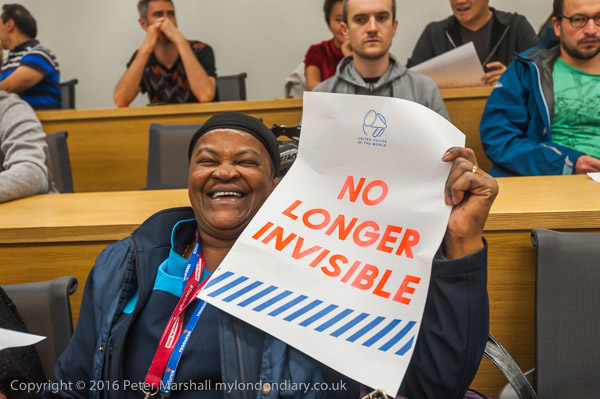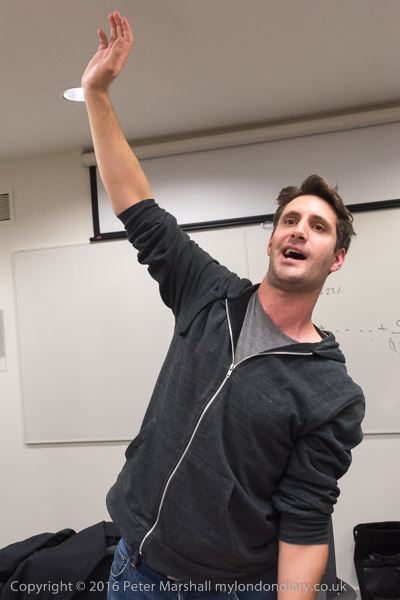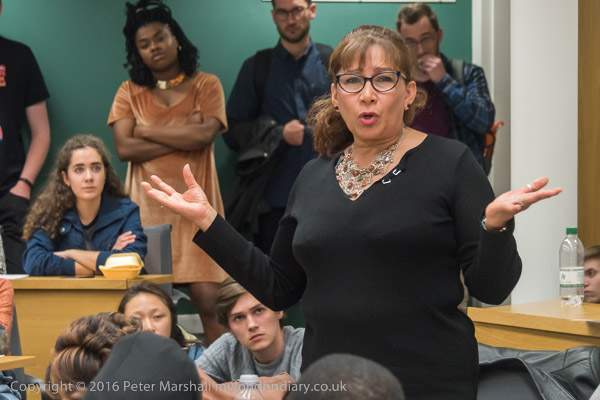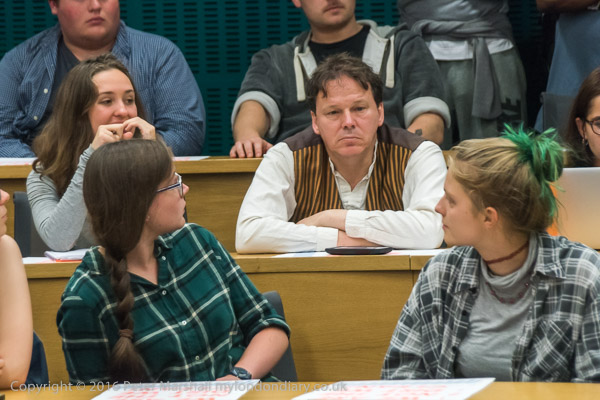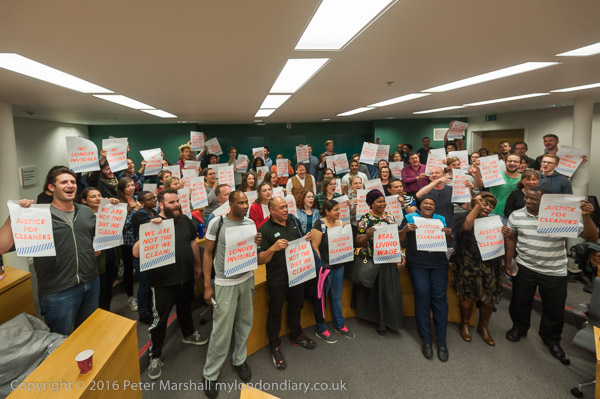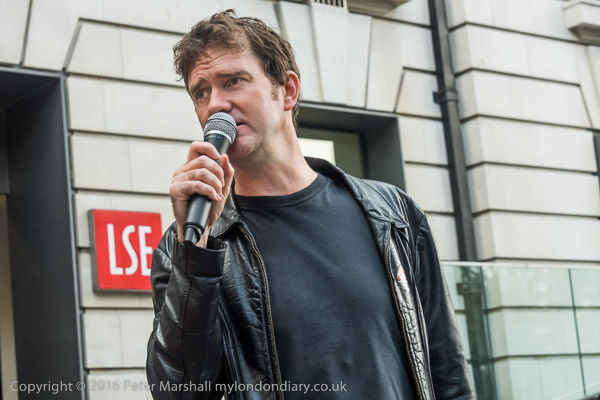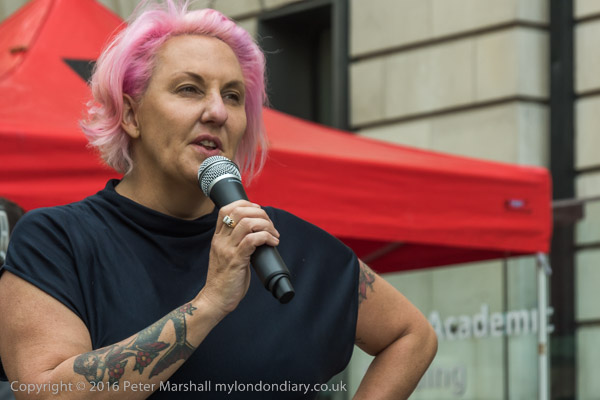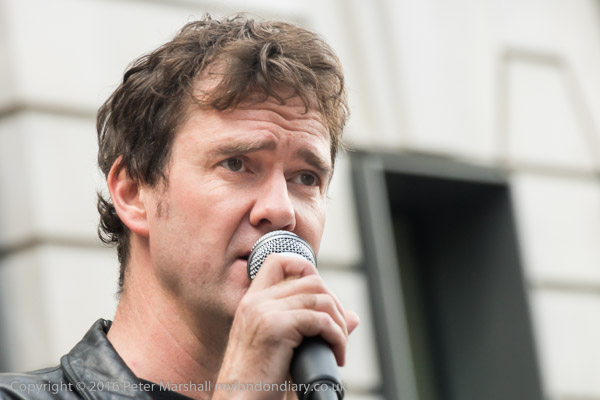Peckham Fight the Developers: Last Saturday, 31st May 2025 I went to a protest in Peckham against the proposals for the redevelopment of the Aylesham Centre in the heart of Peckham by developers Berkeley Homes.

Their proposals shocked local residents in various ways. They include a 20 storey tower over 250 ft tall, and while the site would included 877 new homes, only 77 of those would be ‘affordable‘. Only a quarter of the number required in the new London Plan which calls for 50% – and for these to be ‘genuinely affordable‘, something that there is no clarity that any of those meagre 77 would be. The plans also include a supermarket and car park, some space that could be used to provide various services or offices as well as shops and a “Drinking Establishment”.

Because of the widespread opposition, apparently including all three local councillors as well as various local community groups which have come together in the umbrella group of housing campaigns and activists from across Southwark – SHAPE – Southwark Housing And Planning Emergency – it seems likely that Southwark Council will reject the application. In which case Berkeley are almost certain to appeal.

Given the Labour Party’s new policies on planning it seems unfortunately likely that in the case of an appeal Levelling Up Secretary and Deputy Prime Minister, Angela Rayner is likely to wave their proposals through despite their obvious failings and disatrous effect on Peckham.

One of the speakers at the event was authour and Guardian journalist Anna Minton, invited to speak after her article last week, A new kind of gentrification is spreading through London – and emptying out schools which had the subhead “Thanks to ‘placemaking’, thriving communities are hollowing out, to be replaced by luxury apartments and expensive restaurants.”

Much of her article looked at the consequences of the demolition and replacement of another area of Southwark, the Heygate Estate at Elephant and Castle. This large council estate was replaced by developers Landlease with ‘Elephant Park’ with many flats being sold off-plan to international investors. Lendlease made big profits but Southwark council actually lost both a hugely valueable asset in land as well as actual money in the process.

The new site had more homes than the old, with around 2,000 largely still council-owned flats and houses being replaced by 2,704 of which only 82 are social housing. There 25% were ‘affordable’ but at up to 80% of market rent unaffordable to most locals including the previous residents of the area – and only a small fraction of the site being ‘affordable’. Replacing family homes by luxury flats has led to a large drop in births in the area, forcing the closure of the local primary school at the end of the current term. It was an exercise in ‘ethnic cleansing’ with most forced out of the Heygate having to move long distances further from the centre of London to find properties they could afford.

Minton comments “The positive rhetoric and branding of placemaking is that it transforms run-down areas into vibrant and economically successful parts of the city. The reality is that it creates sterile places, emptied of so many of the essential aspects of urban life, except the expensive activities.”

Rye Lane on which the Aylesham Centre stands was described in 1934 as “the Oxford Street of South London” with no rival outside of Central London. At the north end of this “Golden Mile of shops” was a whole block containing the department store Jones & Higgins of which only a small part containing its clock tower remain – and under risk.

Jones & Higgins closed in 1980 and in 1985 most of it was demolished to build the Aylesham Centre. Most of the other fine shops of the past have left, but their buildings mainly survive in new uses, and the street is now remarkably vibrant largely with small shops serving the area’s multicultural community. Rye Lane remains one of London’s busiest shopping streets and I always enjoy walking along it. Off to the side are several small street markets and the amazing Copeland Park and its former cricket bat factory the Bussey Building, now a cultural centre, along with Peckham Levels, a transformed multi-storey car park, though its Derek Jarman memorial garden was in a poor state when I last visited a few years back.

The Aylesham centre is perhaps now the low point on the street and its demolition would certainly be no loss, but it would be terrible for it to be replaced by yet another sterile ‘white Elephant‘. It is a site that could offer much to the local community, including making a significant inroad into the roughly 12,000 families on the local council’s housing waiting list.
More pictures from the rally and march in my Facebook album People vs The Developers – Peckham takeover – and if you don’t have a Facebook account (still free) you can view some of them on my Alamy portofolio page.
Flickr – Facebook – My London Diary – Hull Photos – Lea Valley – Paris
London’s Industrial Heritage – London Photos
All photographs on this page are copyright © Peter Marshall.
Contact me to buy prints or licence to reproduce.






